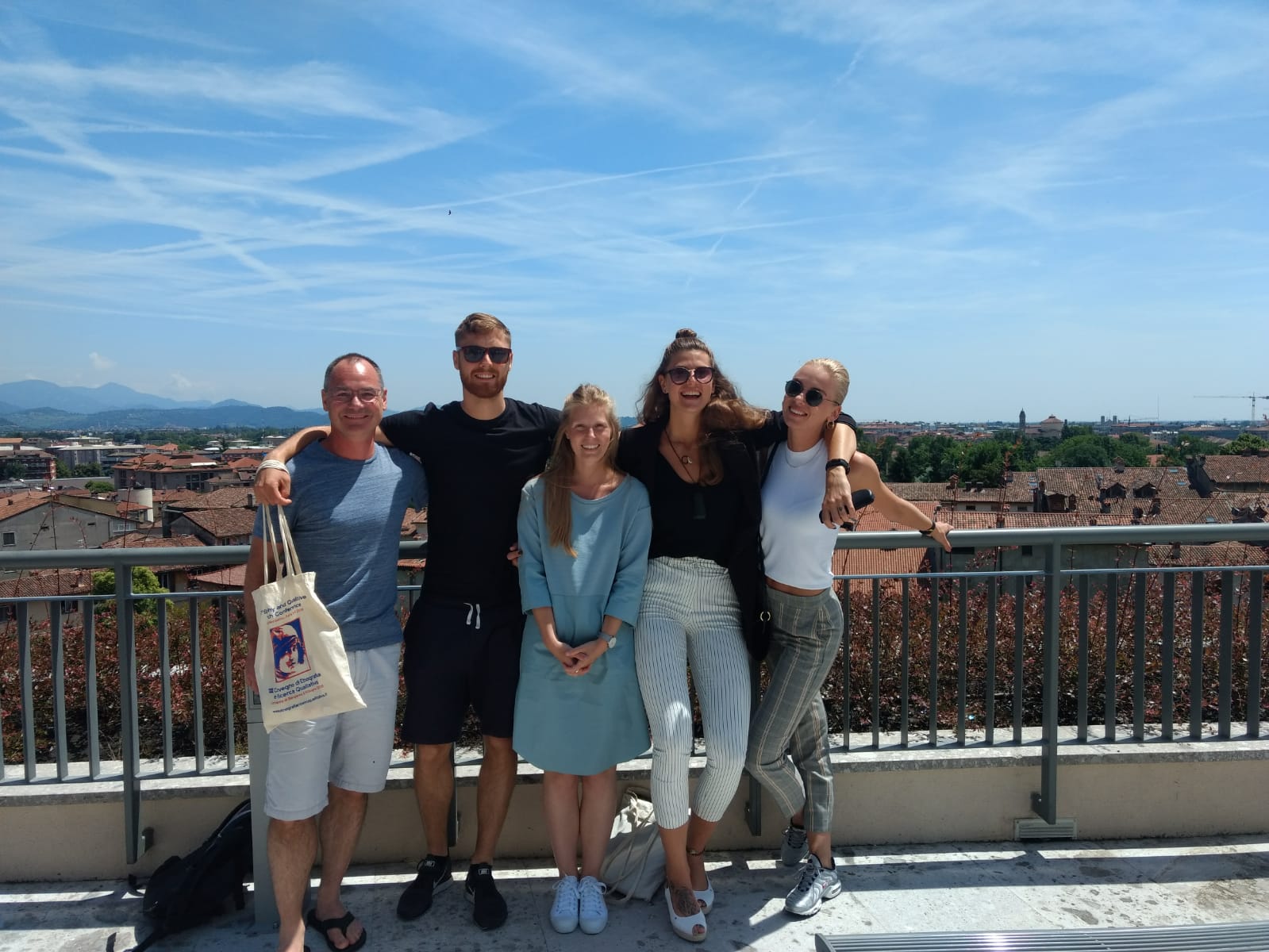The answer from Bergamo, Italy
There are many ways to study violence. The differences between them are most obvious when we consider the various kind of data that are used. But research data are never already there. What kind of data are produced by violence researchers? The prevailing material consists of discursive responses to discursive stimuli: the survey. However, there is a striking distance between this type of information and the reality of violence. Therefore, we take a special interest in data that allow for more close-up investigations of violent interactions. One obvious way to produce such data is to get out of the office, hang around and talk to people who use and experience violence, either as perpetrators, as victims or both...
The method seems deceptively simple, but it requires a lot of social-scientific expertise to identify the issues that matter in a wealth of unstructured information. This method is usually called ethnography, and it aims to generate descriptions of the practices and the experiences of the people under study.
Ethnographies have a strong record of providing illuminating insights. Why so? This is because there is only a limited amount of prior structuring involved in the generation of data. The most important intellectual work involved in the analysis of ethnographic data is to produce theoretically meaningful insights, while allowing for surprises that emerge from the rich and complex material. In fact, the most fascinating ethnographic studies turn serendipities into theoretical game changers.
So, there is a lot to gain when we use ethnographic data to study violence. But what has Bergamo to do with this? In this pretty Italian town, a bi-yearly conference takes place (http://www.etnografiaricercaqualitativa.it/) which is entirely devoted to this research strategy. Our team was, with four presentations by Laura Keesman, Rozalie Lekkerkerk, Floris Mosselman and Phie van Rompu, strongly present in the two sessions on Cultures of Combat, convened by David Brown, George Jennings (both at Cardiff University) & Lorenzo Pedrini (at Milan-Bicocca).
